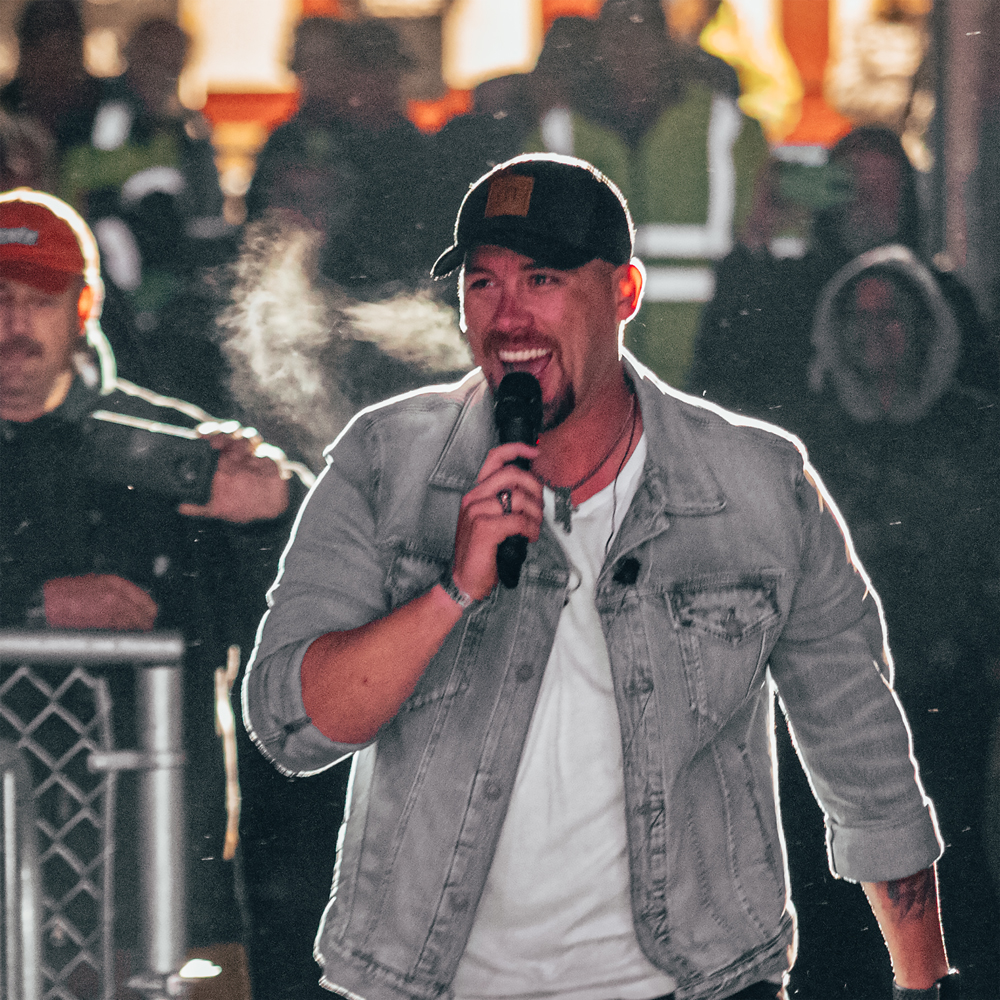
In the heart of the community stands an emblem of safety and bravery—the fire station. Home to heroes dressed in heavy gear prepared to dash into the inferno at a moment’s notice, the fire station is more than just a workplace; it’s a beacon of hope. This article delves into the life of a firefighter, exploring the challenges, adrenaline, and profound sense of duty that define these courageous individuals.
Morning Roll Call
The day begins early for firefighters with the morning roll call. As the sun casts its first light, these men and women gather to review the day’s duties and check critical equipment. Each firefighter meticulously inspects their gear—helmets, boots, gloves, and especially their self-contained breathing apparatus. This routine, while seemingly mundane, is vital.
Training and Drills
Contrary to popular belief, fighting fires is not a daily occurrence, yet the readiness to confront them must be. Much of a firefighter’s day is dedicated to rigorous training and drills. These exercises are critical, simulating various scenarios, from residential fires to complex rescues from high-rise buildings. Training is both physical and mental, as firefighters must be sharp and prepared for the unpredictable.
Community Interaction
When not responding to emergencies or engaged in training, firefighters serve as vital community figures. They conduct educational programs in schools, teaching children about fire safety and prevention. Community interaction also involves checking hydrants, participating in public safety fairs, and conducting home safety inspections. These activities strengthen community ties and emphasize the role of firefighters not just as responders but as proactive guardians of safety.
Emergency Response
When the alarm sounds, the calm of the fire station is shattered. Firefighters don their gear with practiced speed and board the engine. Every second counts. As the fire truck weaves through traffic, the team reviews the incoming information.
The primary goal is to save lives, which means rapidly evaluating the need for evacuation versus containment. Firefighters enter burning buildings to rescue inhabitants and to battle the blaze from within. It’s a difficult job, as we are faced with the dual threat of flames and the structural integrity of the building. The intense heat, the roar of the fire, and the limited visibility create an environment that few can handle, yet these firemen do so willingly.
The Return to Quarters
After the fire is extinguished and the last truck rolls back into the station, the job is far from over. Equipment needs to be cleaned and restored. Reports are written to document the incident’s details for legal and learning purposes. It’s also a time for reflection.
Personal Impact
An ever-present awareness of risk marks the life of a firefighter. These individuals see the worst—destruction, injury, even death—but they also see the best in the form of saved lives and protected property. The psychological impact is profound. Many firefighters develop a strong bond with their team, akin to a family. They rely on each other not just for physical backup but also for emotional support.
Firefighters embody the essence of service and sacrifice. Their daily life is a blend of routine and adrenaline, with a constant readiness to respond to the next emergency. As community protectors, educators, and lifesavers, they hold a position of respect and admiration in society. To be a firefighter is to accept a life of challenge and reward, motivated by a commitment to serve and protect.